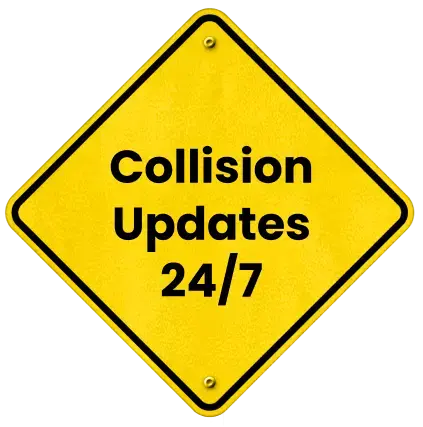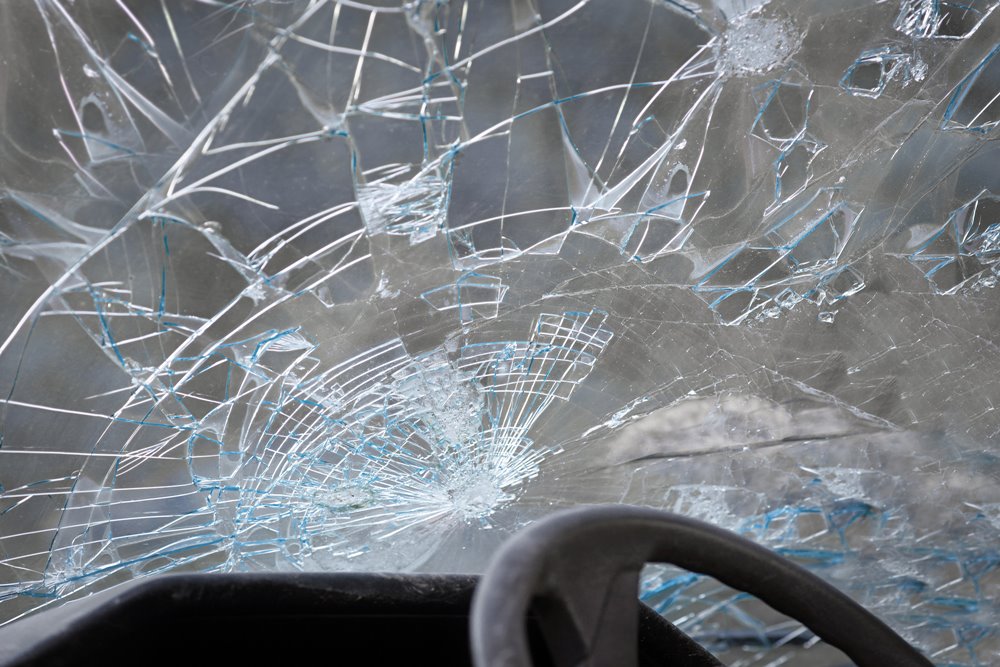
Winter Weather on I-15: Snow, Ice, and Crash Risks


Interstate 15 (I-15) is a critical north-south corridor running through Utah, connecting key cities such as Salt Lake City, Provo, and Ogden. While it serves as a vital artery for commuters, commercial traffic, and travelers, winter conditions pose significant hazards. Snow, ice, and black ice create treacherous conditions that dramatically increase the likelihood of accidents. Understanding how winter weather affects driving, combined with practical safety strategies, is essential for residents and travelers navigating this busy highway.
Winter driving on I-15 requires careful planning, awareness of current weather conditions, and preparedness for rapidly changing road environments. Many drivers underestimate the effects of snow and ice, which can lead to serious collisions, multi-vehicle pileups, and even fatalities. Commercial trucks and vehicles towing trailers are especially vulnerable due to their longer stopping distances and reduced maneuverability, which amplifies the danger to passenger vehicles.
How Winter Weather Increases Crash Risks on I-15
Winter driving on I-15 presents a variety of hazards that make travel especially dangerous. Snow buildup reduces traction, making it difficult for vehicles to stop quickly or maneuver safely. Hidden ice patches—particularly black ice—can send cars sliding without warning. Heavy snowfall often limits visibility, while blowing or drifting snow can cover lane markings and make it hard to stay within designated lanes. For those unfamiliar with northern Utah’s winter roads, it’s easy to misjudge stopping distances, underestimate sharp curves, or fail to anticipate hidden hazards.
Weather conditions can change rapidly in this region. Sudden temperature drops may cause sections of the highway to alternate between wet, icy, and snow-covered surfaces within minutes. Mountain passes, including areas near Little Cottonwood Canyon and Point of the Mountain, are especially prone to ice buildup and loss of traction. Additionally, shorter winter days mean drivers contend with low-angle sunlight and glare from headlights reflecting off snow and ice, which can temporarily impair vision.
Traffic congestion further complicates matters. During snowstorms, I-15 is often crowded with commuters, tourists, and commercial vehicles, increasing the likelihood of multi-vehicle or chain-reaction crashes.
Understanding these risks and adjusting driving behavior accordingly is essential for safety. Drivers should plan extra time for travel, reduce speed, maintain greater following distances, and remain patient when navigating icy or snow-covered stretches of highway. Taking these precautions can significantly reduce the chances of a serious winter-weather collision.
Safe Driving Tips for Winter Conditions on I-15
Driving safely in winter requires preparation, defensive driving, and the right equipment. Key strategies include:
- Plan Your Trip: Check real-time weather reports, road conditions, and construction updates before leaving. Adjust your route or timing if a storm is forecast.
- Reduce Speed: Lower speeds are essential on slick roads to maintain control and prevent sliding.
- Maintain Safe Following Distances: Increase space between vehicles, especially behind trucks and buses.
- Avoid Sudden Maneuvers: Abrupt braking, acceleration, or lane changes can cause skidding.
- Use Winter Tires or Chains: Proper traction makes a major difference in snow and ice conditions.
- Stay Alert for Black Ice: Bridges, overpasses, and shaded areas freeze first and can be extremely dangerous.
- Keep Headlights On: Increased visibility helps both you and other drivers.
- Carry Emergency Supplies: Blankets, a flashlight, water, a shovel, and food can make a critical difference if stranded.
Responding After a Winter Accident on I-15
Accidents that occur during snow or icy conditions require special care, as the aftermath can be especially dangerous due to slick roads, reduced visibility, and ongoing traffic risks. Even minor collisions need immediate attention. Drivers involved in winter-weather crashes should take swift action to protect their health and rights. The priority is to seek medical attention right away. Some injuries, such as whiplash, concussions, or internal trauma, may not appear immediately, and a prompt medical evaluation helps detect hidden harm before it worsens.
Next, it’s important to document the scene in detail. Taking photos of vehicle damage, skid marks, icy patches, and the surrounding road conditions can provide valuable evidence later. Gathering witness statements and exchanging contact and insurance information with all involved parties also strengthens your case. Reporting the accident to law enforcement is another key step, as an official police report can be vital for insurance claims or legal proceedings, ensuring an accurate record of the incident.
Afterward, notify your insurance company as soon as possible. Provide a clear, factual account of what happened to start the claims process and avoid potential disputes over coverage or liability later on. It’s also wise to consult an experienced highway accident attorney, who can explain your rights, preserve evidence, determine liability, and guide you through available recovery options. Early legal advice helps ensure every possible path to compensation is explored.
Finally, take extra safety measures at the scene to prevent further harm. Turn on your hazard lights, remain inside your vehicle if it’s unsafe to step out, and if you have them, carefully place warning triangles or flares to alert approaching drivers.
Following these precautions helps protect your safety, preserve critical evidence, and safeguard your legal rights. Taking deliberate steps after a winter accident on I-15 can make all the difference in ensuring a smoother and more secure recovery process.
Legal Considerations and Recovery Options
Winter accidents on I-15 often result in serious injuries or fatalities, leaving victims with medical expenses, lost income, and emotional stress. Determining liability may require evaluating road conditions, weather reports, driver behavior, and vehicle maintenance records. Consulting a qualified attorney can help accident victims navigate insurance claims, establish fault, and pursue compensation for damages.
Winter crashes often involve commercial trucks or multiple vehicles, adding complexity to claims. Skilled attorneys can coordinate with accident reconstruction experts, review dashcam or traffic camera footage, and document weather-related hazards. Early legal support ensures that victims fully understand their rights, gather necessary evidence, and receive guidance throughout the recovery process.
Stay Safe on I-15 This Winter
Winter weather creates unavoidable hazards, but preparation and defensive driving can significantly reduce accident risk. Drivers should respect speed limits, monitor weather conditions, maintain their vehicles, and remain alert for hidden hazards like black ice and drifting snow. Even careful drivers may encounter accidents caused by others, making it essential to know your rights and have access to skilled legal support.
If you or someone close to you has been involved in a winter weather crash on I-15, it’s important to contact an experienced I-15 accident attorney for a consultation as soon as possible. Early guidance can provide clarity, ensure proper evidence collection, help you understand your rights, and explore all available recovery options. Acting promptly not only protects your legal rights but also supports your physical safety and peace of mind during the recovery process.
